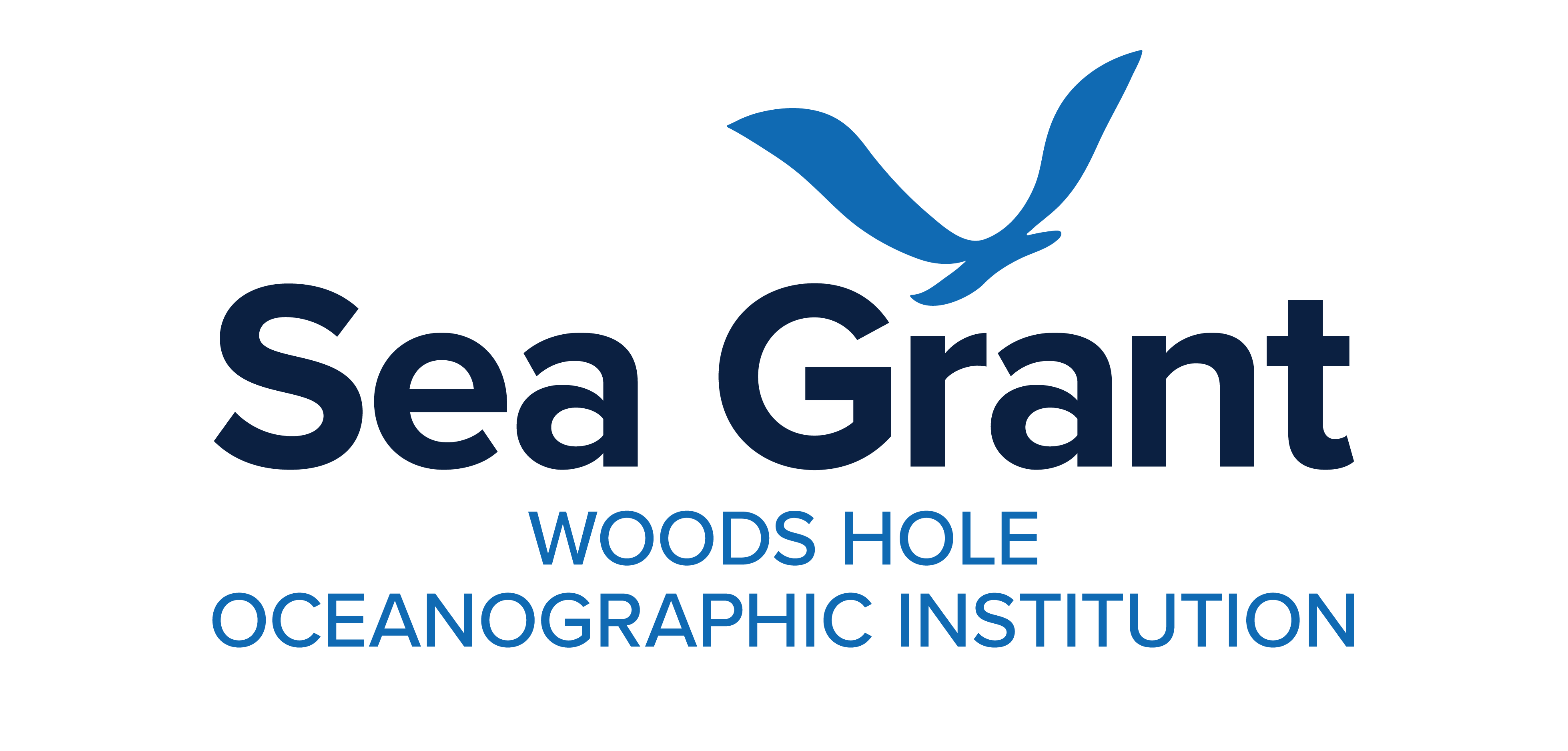Search results for: Air%20Canada%20Airlines
2006-2008 Projects
Seasonal Changes in Groundwater Flow Into the Coastal Ocean Fresh water from water tables under the land flows out into the coastal ocean from beneath the seabed, a flow known as submarine groundwater discharge (SGD). Researchers have found that such flow can have a very large impact on estuaries. Groundwater carries land-generated nitrogen compounds, plus…
Read MoreWHOI-E-96-001 Crago, T.I. Marine Science Car
WHOI-E-96-001 Crago, T.I. Marine Science Car
Read MorePlants and Animal Habitats
Plant and Animal Habitats This program is a collaboration between the Cape Cod Regional STEM Network and Woods Hole Sea Grant. Summary In this 2nd grade unit, the students will explore the habitats of plants and animals. A habitat is a place where an animal or plant lives that meets…
Read MoreWHOI-R-03-002 Morford, J.L. Sampling Marine
WHOI-R-03-002 Morford, J.L. Sampling Marine
Read MoreHurricanes
Hurricanes Though it has been 30 years since the last major hurricane struck the Massachusetts coast, hurricanes can be devastating and they can happen here! Be smart and prepare yourself, your family and your home to minimize losses from a hurricane. https://seagrant.whoi.edu/wp-content/uploads/2020/04/Hurricanes_in_New_England.mp4 Preparing for a Hurricane in New England *From Homeowner’s Handbook to Prepare for…
Read MoreWHOI-R-91-007 Gable, F.J. Global Environmen
WHOI-R-91-007 Gable, F.J. Global Environmen
Read MoreSuggested Educational Resources For Use During School Closures
Educational resources used during school closures Woods Hole Sea Grant is pleased to be able to provide this list of educational resources to assist families and teachers with ideas and on-line programming for use during the unique school situations in response to COVID-19. IMPORTANT: Please check with state and/or local officials for the latest information…
Read MoreMay 3, 2019 Pollutants Workshop
Impacts of Human-derived Pollutants on the Coastal Environment Presenter: Dr. Chris Reddy, WHOI Marine Chemistry and Geochemistry Department – Using Discarded Shotgun Shells to Study the Fate of Plastics in the Environment Dr. John Stegeman, WHOI Biology Department – How Animals Deal with the Sea of Chemicals Date: May 2019 Lesson…
Read MoreCaribbean Coastal and Marine Tourism: Coping with Climate Change and Its Associated Effects
Caribbean Coastal and Marine Tourism: Coping with Climate Change and Its Associated Effects Gable, F.J. In: Miller M.L. and J. Auyong (eds.), Proceedings of the 1990 Congress on Coastal and Marine Tourism. A Symposium and Workshop on Balancing Conservation and Economic Development, Honolulu, Hawaii — 25-31 May 1990, Vol. I, pp. 248-255, 1990 WHOI-R-90-019
Read MoreMarine Mammals In Our Backyard
Marine Mammals In Our Backyard Background All mammals: breathe air, give birth to live young, nurse their young, are warm-blooded, and have hair (baby whales and dolphins actually have small hairs on their rostrums (nose) when born and it eventually sheds away leaving behind small follicles). Marine mammals have a range or territory where you…
Read More